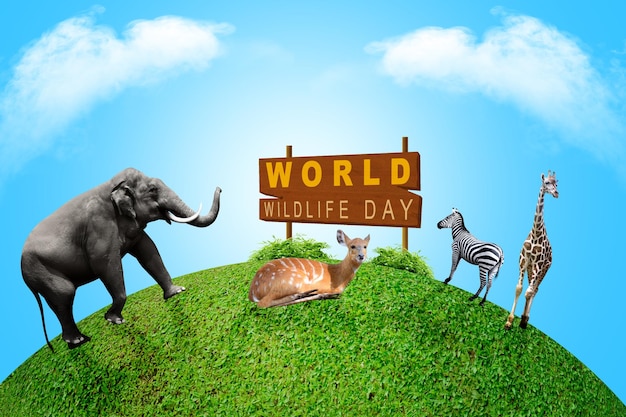Fascinating Facts About the Savanna

The savanna is home to some of the most diverse and unique wildlife in the world.
The savanna biome covers about 20% of the Earth’s land surface.
The word savanna originates from the Taino language spoken by the indigenous people of the Caribbean.
The African savanna is famous for its iconic landscapes depicted in movies like The Lion King.
The savanna is characterized by vast grasslands dotted with scattered trees.
Many of the largest land mammals, such as elephants, giraffes, and rhinos, call the savanna their home.
The savanna experiences distinct wet and dry seasons, which influence the behavior and movements of animal species.
Grasses dominate the savanna vegetation, adapting to fires and the grazing of herbivores.
The African savanna is a hotspot for birdwatchers, with over 500 bird species recorded in this biome.
The savanna is rich in medicinal plants and traditional remedies used by indigenous communities for centuries.
Many predator-prey relationships depend on the open habitat of the savanna for successful hunting and evasion.
Some of the fastest land animals, like cheetahs and wildebeest, can be found in the savanna.
The savanna soil is often nutrient-poor due to the rapid decomposition of organic matter.
Elephants are known to create water holes in dry riverbeds, benefiting other animals during the dry season.
The savanna plays a crucial role in regulating the Earth’s climate by absorbing and storing carbon dioxide.
Fascinating Facts About the Savanna part 2
The African savanna is home to the Maasai tribe, famous for their traditional way of life harmonizing with wildlife.
The Savannah National Park in the United States is the largest preserved area of savanna in North America.
The savanna is one of the most threatened biomes due to deforestation, habitat fragmentation, and climate change.
The savanna’s unique biodiversity supports valuable ecotourism, contributing to local economies.
Many different cultures around the world have incorporated savanna animals into their folklore and legends.
The savanna is an important ecosystem for pollinators like bees and butterflies, ensuring plant reproduction.
Large herds of grazing herbivores are a common sight in the savanna, constantly in search of fresh grasses.
Some savanna trees, like acacias, have developed thorns as a defense mechanism against browsing herbivores.
The savanna’s open landscape allows for spectacular views of endless horizons and breathtaking sunsets.
The African savanna is believed to have been the birthplace of early humans, influencing our evolutionary history.
Some savanna baboon troops have complex social structures, with alpha males leading and protecting their groups.
Fires are a natural part of the savanna ecosystem, promoting new growth and stimulating seed germination.
The savanna’s seasonal changes in rainfall and temperature have shaped the migration patterns of many species.
Termite mounds can be found scattered throughout the savanna, providing shelter to numerous other animals.
The African savanna has the most extensive land mammal migrations on Earth, with the wildebeest migration being the most famous.
Some savanna animals, like zebras, have evolved stripes as a form of camouflage in the grassy plains.
The savanna is a paradise for photographers, with its magnificent wildlife and stunning landscapes.
Certain savanna plants have adapted to survive droughts by storing water in their thick succulent leaves.
The savanna’s nutrient cycling is highly dependent on the interactions between plants, animals, and decomposers.
The African savanna is known for its thunderstorms, characterized by dramatic lightning shows and heavy rain.
Many savanna animals have developed specialized grazing or browsing adaptations to feed on different types of vegetation.
The savanna’s unique fire-adapted flora depends on periodic burning for seed dispersal and germination.
The savanna serves as a crucial water catchment area, influencing the flow of rivers and providing freshwater to surrounding areas.
The diversity of savanna insects plays a significant role in pollination, decomposition, and nutrient cycling.
The savanna’s wide variety of grass species supports a complex web of herbivores, from small insects to large mammals.
The Okavango Delta in Botswana is a UNESCO World Heritage site located within the African savanna.
Many savanna animals have intricate adaptations to survive both extreme heat and cold temperatures.
The savanna has been a subject of inspiration for numerous artists, writers, and filmmakers throughout history.
The savanna’s vast plains are ideal for the study of animal behavior and the natural dynamics of predator-prey interactions.
Protecting and conserving the savanna is crucial for the survival of its unique wildlife and for maintaining the balance of Earth’s ecosystems.

